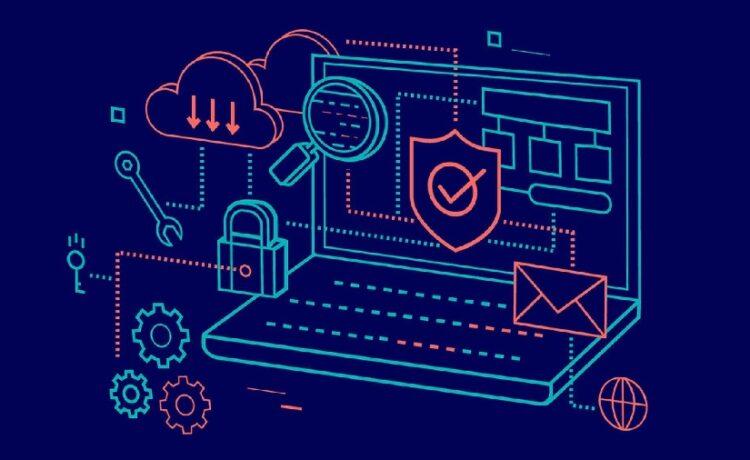The COVID-19 pandemic has pushed people to stay home to avoid virus transmission. Because of themobility restrictions, many sought new and alternative ways to learn and entertain while confined to their homes. One of these is through online streaming services.
Streaming is a data transfer method that allows users to consume media files whenever and wherever they choose. This is the conceptunderpinning YouTubeand the majority of web-based audio and video calls.
Animoto’s research showed that 70% of firms are now investing in various video and audio media types. Because other channels cannot make new shows, people are turning to streaming services like Netflix, Hulu, Amazon Prime Video, Hotstar, BBC iPlayer, and others.
While these streaming services and applications proliferate, cybersecurity risks associated with these platforms also increase. Cybercriminals can take advantage of users’ digitally stored credit card data and personally identifiable information. They cansell these credentials,which others can use foridentity fraud.
Here are some cybersecurity threats online entertainment and streaming services face.
Phishing
A phishing attack is where the attacker pretendsto be a trustworthy source over digital communication to get sensitive information like a username, password, credit card number, or other sensitive information.
As users are compelled to stay at home and utilize Netflix, Hulu, Hotstar, Disney+, and others to alleviate their boredom, cybercriminals see this as an opportunity to bait and steal their personal information. According to The Guardian’s report, about 700 websites imitating Disney+ and Hulu have been formed to capitalize on the streaming industry. These websites provide free subscriptions to attract consumers, then steal their personal and financial information.
Brute Force Attack
The brute force attack is a result of persistent trial-and-error hacking against a specific login page. Typically, automated bots make multiple login attempts until they can log in successfully.
This attack works by computing every conceivable password combination and testing each one. The amount of time and computational power required to find the correct password rises proportionally with its length.
Credential Attack
Cybercriminals use stolen account information to try to get into a system or account. A credential attack will happen when a popular streaming show or movie first comes out on a streaming service. Hackers take advantage of these instancesbecause people will likely give out their account information.
Need for Stronger Identity Authentication System
Online entertainment platforms are susceptible to data breaches and fraud due to the continuous usage of passwords when accessing services. Additionally, some individuals sharetheir credentials for media streaming platforms. Although they have confidence in the person with whom they have entrusted their password, there is no guarantee that someone with a more nefarious purpose will not use it.
Criminals will keep trying to steal login information to use it for cyberattacks. With this data, fraudsters can create fake accounts on other online entertainment platforms. If digital entertainment providers do not improve their security measures, these illegal activities can lead to bigger concerns.
In the online streaming industry, account sharing and data theft cost businesses an estimated $9.1 billion in 2019. They also presumed that by 2024, this number would reach $12.5 billion. It is necessary to adopt passwordless multi-factor authentication (MFA) to provide robust protection against cyber threats and prevent future loss.
Passwordless Multi-Factor Authentication (MFA)
Passwordless multi-factor authentication (MFA) provides comprehensive protection against unauthorized logins. It also allows users to validate their authentication ID on internet networks with ease. They can continue streaming their favorite shows or music and accessing online gaming sites without inputting complicated passwords or waiting for security codes to be issued via text message or email.
FIDO2.0-compliant MFA employs a robust mix of authentication credentials, such as cryptographic keys. This binds identification to a device that a secondary factor, such as facial biometrics, can only unlock.
To know more, here is an article from authID.







